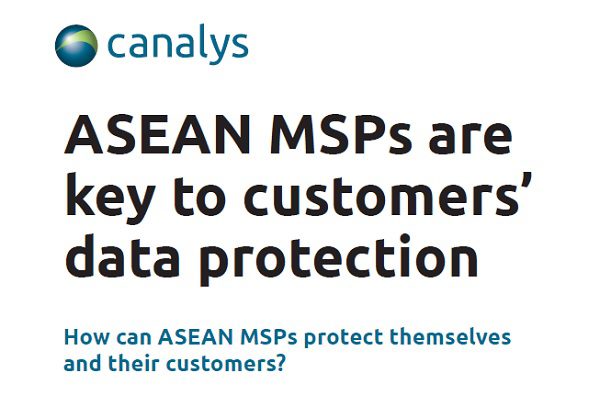The Association of Southeast Asian Nations (ASEAN), like other regions, has seen a large increase in threat activity aimed at Managed Service Providers (MSPs) as cyber-criminals exploit vulnerabilities in infrastructure, software and processes to access and compromise sensitive customer data. Public regulations and private cyber-insurance requirements will be among the key drivers for raising IT service and security standards worldwide. Cyber-resilience, which refers to the ability to devise policies, detect abnormal activities, respond to incidents and implement recovery plans, is an important differentiator for the growing number of MSPs in the region. MSPs must develop their own cyber-resilience as customer complexity increases. Demand for secure services across a broader range of technologies will push IT service providers to seek efficiencies and boost margins.
Safeguarding an increasingly digital ASEAN
The ASEAN region is socially and economically diverse, with a population of over 660 million people and a combined GDP of more than US$3 trillion. Countries in the region are among the fastest growing in the world and are forecast to collectively add US$1 trillion to GDP over the next 10 years. Not only is the region economically important for financial services, oil and gas, shipping, healthcare, and business process outsourcing industries, among others, but it also has some of the world’s highest digital use in terms of Internet user numbers and total time spent online. Organizations in the ASEAN region are increasingly targeted by threat actors and cyber-criminals, especially as digital transformation and cloud services adoption accelerates, expanding the potential attack surface, as new vulnerabilities and zero-day exploits emerge. Governments and organizations are realizing the scale of the issue and the urgent need to enhance cybersecurity resilience.
Between 2018 and 2020, nearly 400 million personal data records were compromised in just 63 publicly known breaches in the ASEAN region. Public government organizations, with their access to highly sensitive demographic data, including personal identification numbers, and electoral and medical records, were the most targeted in terms of attack size and sophistication…


